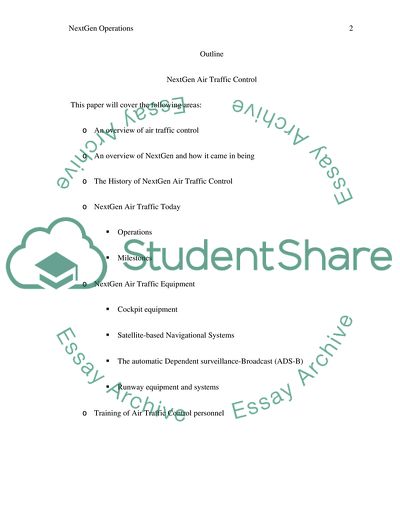Cite this document
(“Next Generation Air Traffic Control Term Paper Example | Topics and Well Written Essays - 1500 words”, n.d.)
Next Generation Air Traffic Control Term Paper Example | Topics and Well Written Essays - 1500 words. Retrieved from https://studentshare.org/technology/1757802-next-generation-air-traffic-control
Next Generation Air Traffic Control Term Paper Example | Topics and Well Written Essays - 1500 words. Retrieved from https://studentshare.org/technology/1757802-next-generation-air-traffic-control
(Next Generation Air Traffic Control Term Paper Example | Topics and Well Written Essays - 1500 Words)
Next Generation Air Traffic Control Term Paper Example | Topics and Well Written Essays - 1500 Words. https://studentshare.org/technology/1757802-next-generation-air-traffic-control.
Next Generation Air Traffic Control Term Paper Example | Topics and Well Written Essays - 1500 Words. https://studentshare.org/technology/1757802-next-generation-air-traffic-control.
“Next Generation Air Traffic Control Term Paper Example | Topics and Well Written Essays - 1500 Words”, n.d. https://studentshare.org/technology/1757802-next-generation-air-traffic-control.


